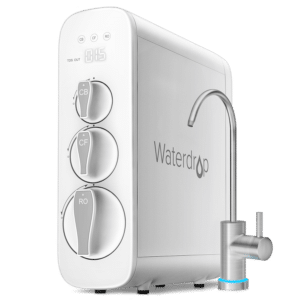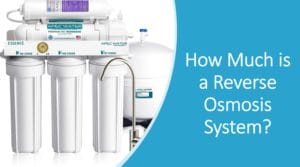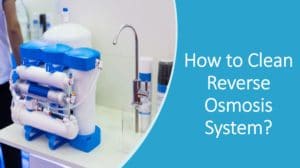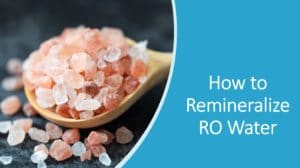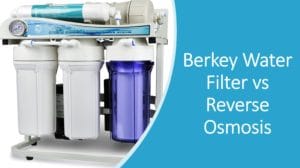You’re shopping for a new type of water filtration system and you’ve come across reverse osmosis systems, many of which look promising.
If you don’t know much about these systems, then you may be wondering “does reverse osmosis remove minerals?” and the answer to that is yes.
These innovative systems are so efficient that it’s true that they can also end up removing important, healthy minerals from your drinking water, in addition to removing more than ninety-percent of contaminants.
However, RO systems go one step beyond and will actually reintroduce minerals back into the water.
We’ll explain further as we delve into the reverse osmosis water filtration process to learn what these systems can remove, how they can replace important minerals back into your water, and specifically the type of minerals an RO system will re-introduce.
Does Reverse Osmosis Remove Minerals?
Yes, Reverse osmosis can remove 99% of contaminants including minerals. Experts claim that these systems can remove any type of particle that has a molecular weight greater than two hundred.
More specifically, this type of water filter system can remove calcium, bacteria, iron, lead, manganese, salt, rust, and sand.
Related Article: Does reverse osmosis remove fluoride?
An In-Depth Look at the RO Process
There are many water filter systems to choose from, ranging from simple or conventional under the sink systems to the popular reverse osmosis systems. But the RO system has come a long way over the past few years, adding more filtering stages to improve water purity and taste. These systems are often marketed as top of the line, simply because they are and you’ll enjoy great tasting water that’s free from contaminants and impurities.
The cost is another concern homeowners have when purchasing this type of water filter system, but when you consider how much you’ll save over the years on bottled water, you’ll quickly realize that the initial cost is totally worth it.
So, how do reverse osmosis systems work exactly?
The reverse osmosis process involves demineralizing water by applying pressure to push it through a membrane. These membranes will allow some molecules or atoms to pass through, but it will not allow most contaminants, such as bacteria, organics, pyrogens, or dissolved salts.
The water must be pushed through the membrane with the help of a high-pressure pump. The purified water is then placed in the system’s water supply tank, while the water loaded with impurities will go down the drain.
Reverse Osmosis Filtering Stages
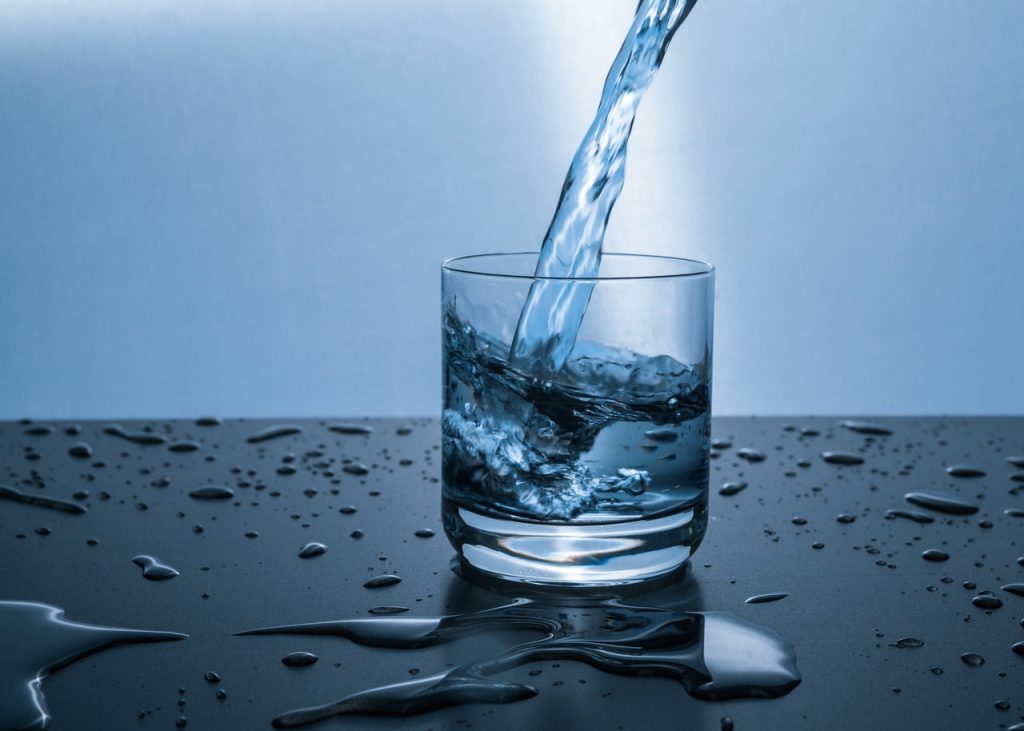
There were many complaints from concerned consumers regarding the removal of important minerals from drinking water, but studies have actually shown that on average, most people will get these important supplements from food, not water.
However, to remedy this issue, most reverse osmosis systems now include a stage that re-introduces these important minerals back into the drinking water.
These systems come with five to seven stages, depending on the model you choose. Systems that feature six or seven stages will usually come with a pH or alkaline filter.
Stage one: This is the pre-filter stage and the first point of contact that the water will have with the filter system. During this stage, large particles will be removed, such as silt, sediment, dirt, and rust. Not only will the removal of these contaminants improve the flavor of your drinking water, but it will also protect the integrity of the delicate membrane.
Stages two and three: During these stages, the carbon filters will remove organic chemicals from the water. These chemicals are what can affect the water’s odor and taste. The carbon filter’s job is to improve the smell and taste of the water.
Stage four: This is the reverse osmosis membrane stage, and this is where the system truly shines. The membrane consists of a delicate, fine material. The membrane will only allow particles smaller than 0.0005 microns to pass through.
Stage five: The post-filter works by refining the taste of the water before it makes its way to the faucet. Here, the coloration can also be improved.
Stage six: This stage consists of a pH or alkaline filter and its job is to reintroduce healthy minerals back into the water. It also works to increase the water’s pH to a more alkaline level.
Quick RO System Tips
RO systems eliminate up to ninety-nine percent of fluoride, dissolved solids, heavy metals including chromium, mercury, lead, cadmium, and barium, and microorganisms.
Most models are equipped with automatic shut-off valves that help to eliminate waste by closing off the feed line once the tank is at capacity.
Many systems also come with quick connect connection points which can make installation much easier.
These systems are also very environmentally friendly, especially when you consider the millions of water bottles that end up in landfills all over the world each year.
Final Thoughts
Now that you know more about the reverse osmosis process, how it works, and what you can expect in terms of re-mineralization, it’ll be easier to choose the right type of system for your home.
According to studies, the removal of minerals from drinking water is totally safe and won’t actually have a major impact on your health. This is mainly due to the fact that most adults and children receive their recommended daily dose from food, not water.
However, other studies show that most people fail to get their recommended daily dose of minerals, so adding these essential minerals to your drinking water can help you to finally meet those nutrition goals. Additionally, many people have reported that systems that include an extra stage to add important minerals back into drinking water actually provide better tasting drinking water.
More on reverse osmosis:

